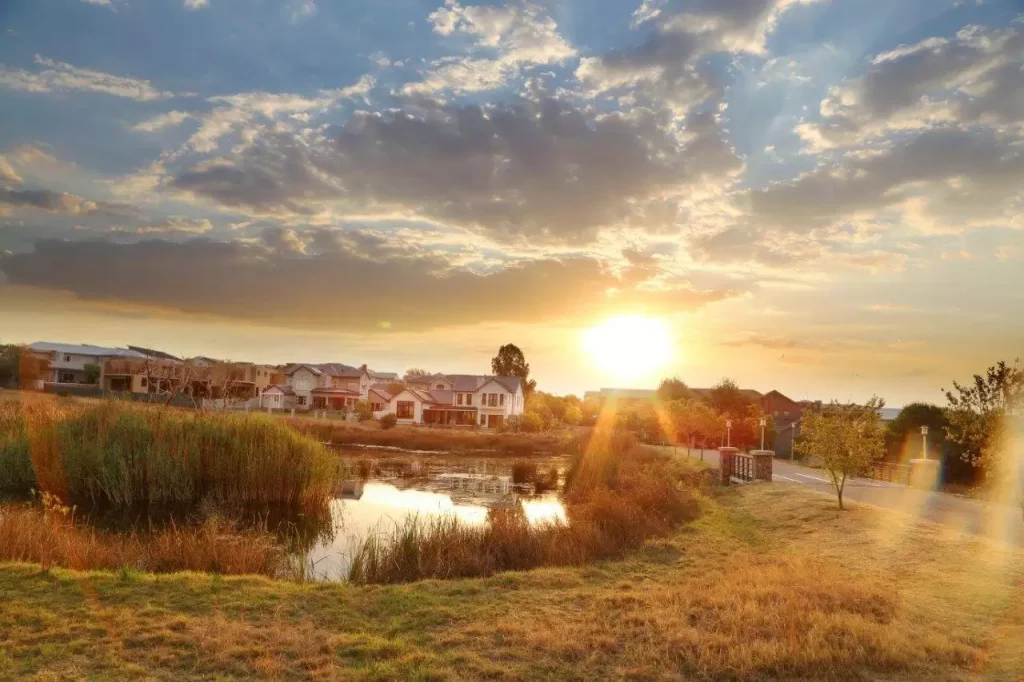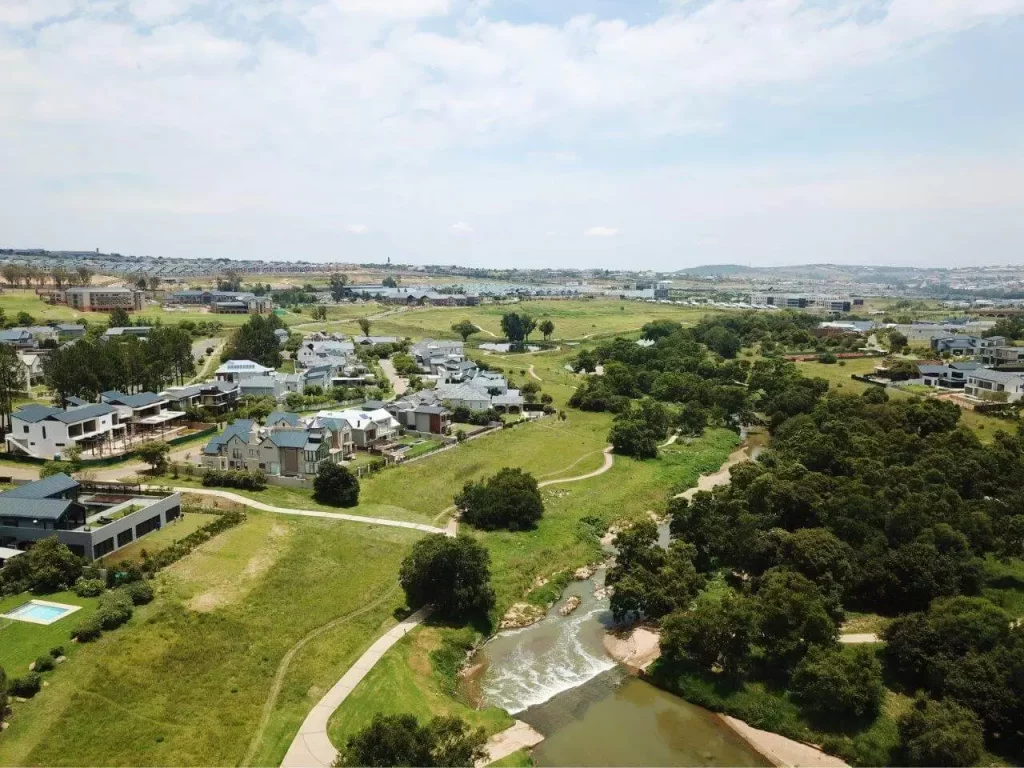
Future sustainability of residential estates
In the previous issue, I gave an historical perspective of estate living in South Africa including the role players in the Homeowners Associations HOA and educational options for directors and staff. In this issue I would like to touch on the sustainability of estates and the lifestyles that estates provide for their residents. By Johan Kruger
Levies are the single biggest source of revenue for an HOA and in can make up to 99% of the HOA revenue.
Extra revenue is created through building levies, building fees, additional levies on undeveloped stands, fines, interest and other. Surpluses are created through these additional revenue streams and in some instances the additional revenue streams subsidise the annual levies and keep them artificially low.
At the launch of an estate, the levies start off low and are competitive – with no increases during the early development phase. Marketing material headline this benefit to prospective investors and property owners are used to these trends. Annual levy increases follow the CPI index and households budget their expenses accordingly. Developers even subside the levies of undeveloped stands to attracted buyers and to stay competitive in the market.
HOA budgets are set, and the owners know what to expect at the AGM with minimal surprises. Comments before the AGM like: “As long as the levies stay within a CPI increase, the members are happy and Directors will get re-elected” or at the AGM “We can reduce the levy, but then we have to cancel a service” are not uncommon and have become standard practice.

Estates can reinvest their levy surplus back into the estate to upgrade infra-structure and create additional amenities to enhance the lifestyles of residents. Large scale projects to upgrade the security infra-structure and improve security technology are undertaken and in very few instances are special levies raised to fund these projects.
Estates that were developed during the property boom in the late 1990’s and early 2000’s are now more than 20 years old. Very few estates have produced a reserve study or funded their reserve sufficiently during this period. Ageing infra-structure, the collapsing of local authority and the increase in crime are placing tremendous pressure on the expenses of the HOA. It has become common practice for local authority to abandon their responsibility to maintain roads and streetlights in estates. These expenses then become part of the HOA responsibility, including the provision of manpower and management to oversee this. During a recent webinar on “Are Estates Still a Good Investment” both Magnus Heystek and Mike Schussler from Brenthurst Wealth Management, stated that the collapse of local authorities is the biggest challenge facing estate owners. A developer stated the same at the launch of the Mega Residential Development Show in the West Rand recently.
The major expenses of estates are security, landscaping, infra-structure maintenance, accounting, communications and administration. Through innovative contracting, some of these expenses can be kept in line with, or below, the CPI. However, the increase in fuel, electricity and minimum wages will have an impact on service providers to estates. The impact of the above-mentioned expenses will also have a major impact on the HOA’s budget, and the pressure will continue to mount.
A levy contribution is only one component of estate living but the increase in rates & taxes, utilities, fuel and communication costs, will put increasing pressure on the contributors.
The challenges mentioned so far for the estate, the HOA, property owners, tenants, investor, service providers, etc, are well documented and should not come as a surprise to the various role players.
What needs to be explored is: the knock-on effect that the above CPI increases will have on expenses; the historical structure of the HOA’s budgets; levies over the next 5 to 10 years. The newer generation estates will be slightly less effected.
To survive and still be sustainable for the next 5 to 10 years a new style of engaging with customer touchpoints that is in line with the digital giants we interact with daily will be needed. Establishing this will keep estates competitive and reward those who interact using technology to reach tenants and owners of a high calibre.
Another current expectation which needs thorough reviewing is the provision of renewable energy for property owners.
Good administration such as in the contracting of service providers using regular bench marking when a Request for Proposal (RPF) is made, can help contribute to lower expenses.
Planning to have enough money in reserve (research international standards) will circumvent the need for special levies and mean funds are available when replacements are needed.
There will be tremendous pressure on the HOA’s financial resources over the next few years but with good planning, innovate ideas and a long-term vision, estates will continue to be sustainable and the preferred place to live.

Johan Kruger
